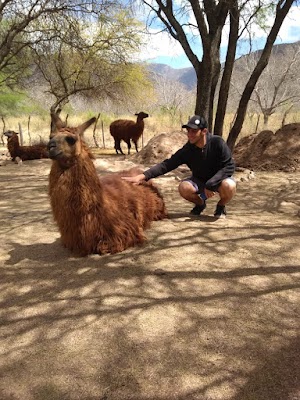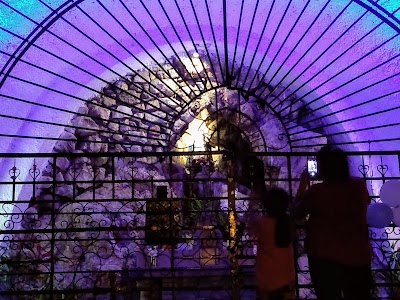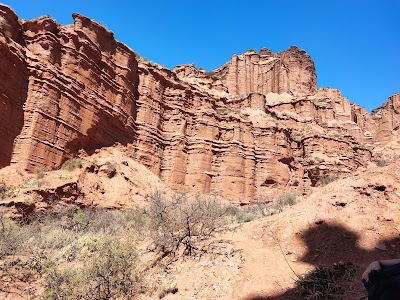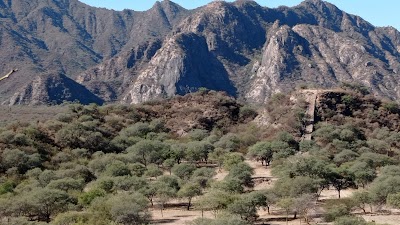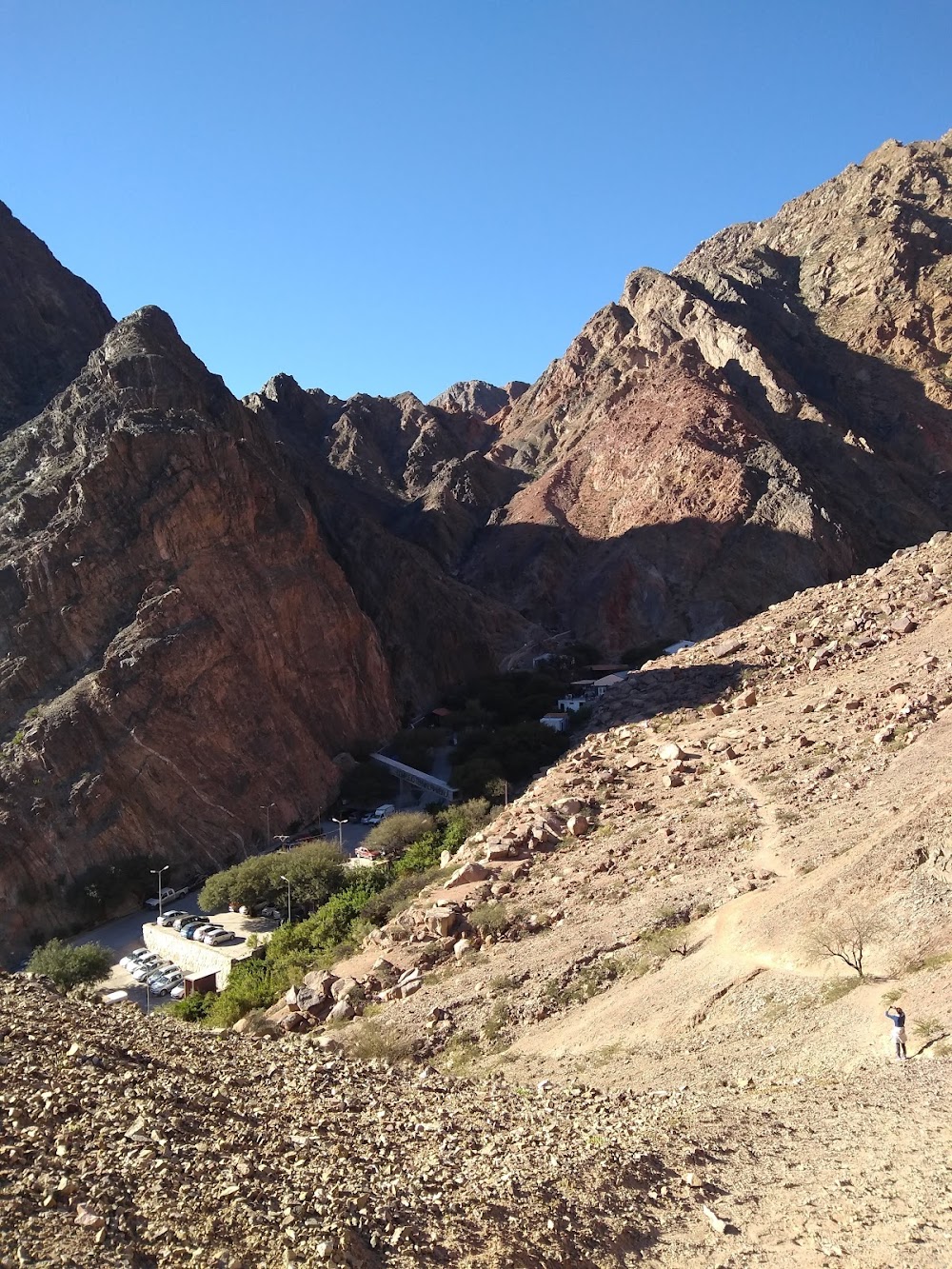Ruins of El Shincal (Ruinas de El Shincal)
Overview
Situated in the scenic Andean foothills of Catamarca, Argentina, the Ruins of El Shincal (El Shincal de Quimivil) offer a captivating historical experience that immerses visitors in the rich legacy of the Inca Empire. These archaeological remnants provide a fascinating glimpse into the life and culture of a civilization that once dominated vast regions of South America. For foreign tourists passionate about history, archaeology, and breathtaking landscapes, El Shincal promises an unforgettable adventure.
El Shincal was established in the late 15th century as an administrative and ceremonial center for the northwestern region of the expansive Inca Empire. The Incas, who originated from present-day Peru, managed to extend their dominion over large areas, including parts of modern-day Argentina, around the 1470s. El Shincal played a crucial role, both geographically and politically, allowing the Incas to maintain control and integrate diverse local cultures into their expansive realm.
One of the most striking features of El Shincal is its structured urban layout, which reflects the sophisticated town planning typical of Incan architecture. The site spans approximately 24 hectares and boasts over a hundred architectural structures. Visitors can explore residential quarters, agricultural terraces, and ceremonial platforms known as “ushnus.” The centerpiece of the ruins is the central plaza, surrounded by administrative buildings and residential areas that harmonize beautifully with the natural contours of the land. This central area likely served as the hub of governance and community activities.
The ceremonial platforms, or ushnus, are particularly significant. These elevated structures, built from expertly cut stones, were used for religious ceremonies, including offerings to deities believed to inhabit the mountains and natural elements. From the top of these platforms, visitors can enjoy panoramic views of the surrounding landscape, offering both aesthetic beauty and a profound connection to the spiritual practices of the ancient Incas.
Another fascinating aspect of El Shincal is its similarity to Cuzco, the renowned Inca capital in Peru. El Shincal features a trapezoidal plaza, a hallmark of Inca urban design, along with a meticulously planned layout that served as a model for secondary administrative centers under Inca rule. This resemblance underscores El Shincal's significance within the empire, making it a vital piece of the vast puzzle of Inca heritage.
The ruins also reveal the advanced agricultural techniques practiced by the Incas. The series of terraces at El Shincal were integral to maximizing agricultural productivity in the mountainous terrain, showcasing a remarkable adaptation to the environment. These terraces were used to cultivate staple crops such as maize and potatoes, which formed the backbone of the Inca diet and economy.
Tourists visiting El Shincal are encouraged to explore its informative site museum, which features a variety of exhibits and artifacts uncovered during archaeological excavations. The museum not only provides valuable historical context but also showcases the daily life, craftsmanship, and artistry of the Inca people through various preserved relics and reconstructions.
For nature enthusiasts and photographers, the surrounding region is equally captivating. El Shincal is nestled in a lush, verdant valley flanked by towering peaks, providing a dramatic backdrop that changes hues with the shifting sunlight. This picturesque setting enhances the allure of the site, encouraging visitors to linger and soak in the tranquil beauty of the Andean landscape.
Travelers will find that accessing El Shincal is relatively straightforward. The nearest town is Londres, from which a short drive leads to the entrance of the site. Londres itself is a charming destination with its own historical significance, often serving as a convenient base for tourists exploring El Shincal and its surroundings.
In conclusion, the Ruins of El Shincal stand as a testament to the grandeur and ingenuity of the Inca civilization. Their historical importance, coupled with the stunning natural surroundings, makes El Shincal a must-visit for any traveler seeking an in-depth understanding of South America’s pre-Columbian history. As you wander these ancient paths, you’ll gain insights into the world of the Incas, marvel at their architectural feats, and find yourself transported back in time to an era marked by profound cultural and spiritual achievements.


